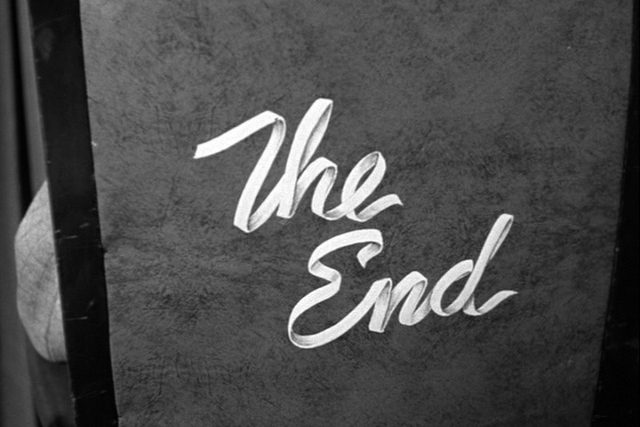One way of looking at Jewish History is that it is a “love story,” where the “main characters” are HaShem and the Jewish People (in fact, that is the theme of “Shir HaShirim,” the Song of Songs). The following is a micro-micro-miniature version of the same theme. There are moments of great closeness, and there are dark moments when it seems as if there has been (G-d Forbid) a permanent divorce between the parties.
The “Ketuva,” or marriage contract, is the Torah, and the “Kesef Kiddushin,” the object of value by which the “Chatan” acquires His “Kallah,” frequently a gold ring, is the “Beit HaMikdash,” the Holy Temple. There were times that the Jewish People would not let go of their “Ketuva” on pain of death, and then she always wore and cherished the “ring” given to her by HaShem. But there were other times that she forgot about the “Ketuva,” and neglected and ultimately lost her “ring.”
The periods of special closeness, when the Divine Presence was (or in one case, will be) clear to all upon and among the Jewish People, are the following:
The times of the “Avot,” the Founding Fathers and the “Imahot,” the Founding Mothers, of the Jewish People
The period of the “Mishkan” in the Wilderness
The attempt by David HaMelech to build a Temple
The period of the First “Beit HaMikdash,” the Holy Temple
The period of the Second “Beit HaMikdash,” the Holy Temple
The period of the Third “Beit HaMikdash,” the Holy Temple
On Tisha B’Av, we express the hope that the “Mashiach,” who, according to Jewish Tradition, will be born on Tisha B’Av, is indeed already in the world and that the next Tisha B’Av will be celebrated as a joyous “Moed” in Yerushalayim, in the courtyards of the Third Beit HaMikdash.

